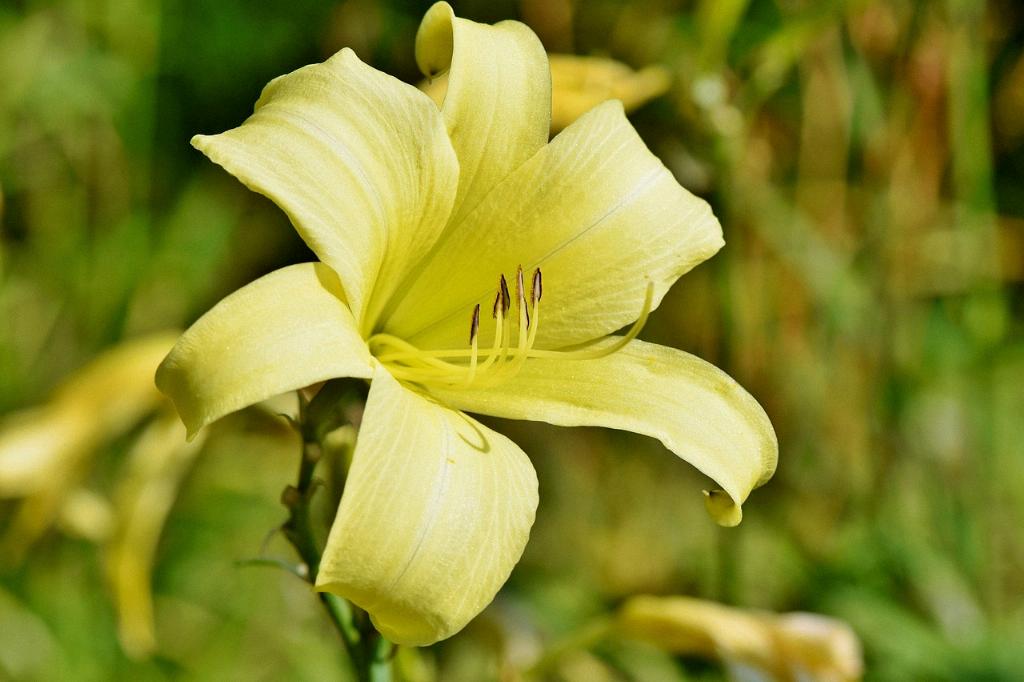Watering a peace lily is crucial to its overall health and well-being. The proper watering technique will ensure that your peace lily thrives and continues to display its beautiful white blooms. Here are some tips on how to effectively water your peace lily:
1. Keep the soil consistently moist: Peace lilies prefer to have consistently moist soil. It is important to check the moisture level of the soil regularly to ensure that it does not dry out completely.
2. Avoid overwatering: While peace lilies like to have moist soil, they do not appreciate being waterlogged. Be sure to allow the top inch of soil to dry out between waterings to prevent overwatering.
3. Water when the top inch of soil is dry: A good rule of thumb is to water your peace lily when the top inch of soil feels dry to the touch. This will help prevent root rot and other moisture-related issues.
4. Use room temperature water: When watering your peace lily, be sure to use room temperature water. Cold water can shock the plant, while hot water can potentially damage the roots.
5. Water from the bottom: To ensure that your peace lily’s roots are adequately hydrated, consider watering the plant from the bottom. Fill a saucer with water and allow the plant to absorb the water through the drainage holes in the pot.
6. Allow for proper drainage: Peace lilies do not like to sit in standing water. After watering, be sure to empty any excess water from the saucer to prevent root rot and other water-related issues.
7. Adjust watering frequency seasonally: During the warmer months when the plant is actively growing, you may need to water your peace lily more frequently. In the winter months when growth slows down, you can reduce the watering frequency.
8. Consider using filtered water: If your tap water is high in minerals or chemicals, consider using filtered water for your peace lily. This will help prevent mineral buildup in the soil and on the leaves.
9. Watch for signs of overwatering: If you notice yellowing leaves, mushy stems, or a musty smell coming from the soil, these may be signs of overwatering. Adjust your watering routine accordingly to prevent further damage to the plant.
10. Provide humidity: Peace lilies thrive in a humid environment. To help maintain the proper level of humidity, consider misting the plant periodically or placing a small humidifier nearby.
11. Consider using a self-watering pot: If you tend to forget to water your plants, consider using a self-watering pot for your peace lily. These pots have a reservoir that allows the plant to absorb water as needed.
12. Monitor and adjust: The key to successfully watering a peace lily is to monitor the plant regularly and adjust your watering routine as needed. By paying attention to the plant’s needs, you can ensure that it remains healthy and vibrant for years to come.

